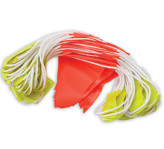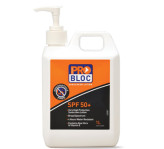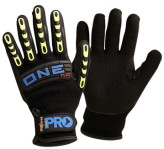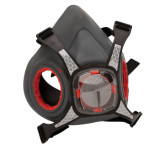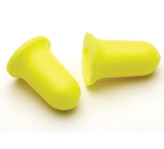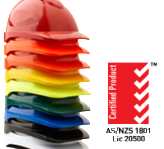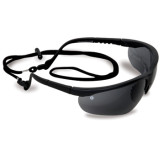What Footwear should I choose? #1
December 22, 2015
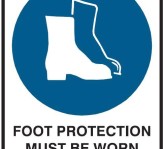
Safety Footwear can be very confusing. With so many brands and styles on offer these days it can be hard to find the right footwear.
Over the next few weeks we will run a short series to give you the most information you will need to assist in purchasing the right footwear for your job.
This week we will start with footwear terminology;
Nitrile Outsole: Extreme heat tolerance 300degrees, premium resistance to oils, mild acids & animal fats, slip resistance.
TPU Outsole: Highly resistant to most oils & chemicals, Heat resistant 130degrees, slip resistant
Kick Off lugs at Heel: for ease of removal of boots
Bump Cap: A super tough polyurethane scuff over the toe area.
Shock Absorbent Heel: Reduced absorption of hard shock to the heel area.
Composite Steel Toe: approx 60gms, metal detector friendly, protects against spark ignition, significantly lighter.
Anti-Static: A level of protection against ignition hazards.
Steel Toe Cap: approx 108gms, prevents injury from falling objects, puncture resistanr from nail gun, manditory requirement for many industrial work sites. 200joules
BreathActive Lining: Multi-layer functional lining for increased breathability through a micro-channel system, rapid absorption and release of moisture.
Insole: An anatomically designed footbed providing a high level of comfort and moisture control.
Water Resistant: Very resilient when exposed to water increasing longevity.
Heat Resistant:Heat Resistant from 130 degrees to 300 dregrees
Composite Toe Cap: Metal free, lightweight and non-conductive
EVA Cushioning Pad: EVA cushioning pad integrated in the heel area
Torsion Control: TPU Torsion Control element is built into the waist of the sole, providing greater support and stability.
Penetration Resistant: Steel plate within sole to reduce the risk of sharp objects penetrating the sole.
Metatarsal Guard: Superior impact protection higher up the foot area.
Chemical Resistant: Resistant to caustic soda and sulphuric acid.
Slip Resistant: The outsole is slip resistant on most surfaces.
Electrical Hazard: Provides greater protection against electrical shock


